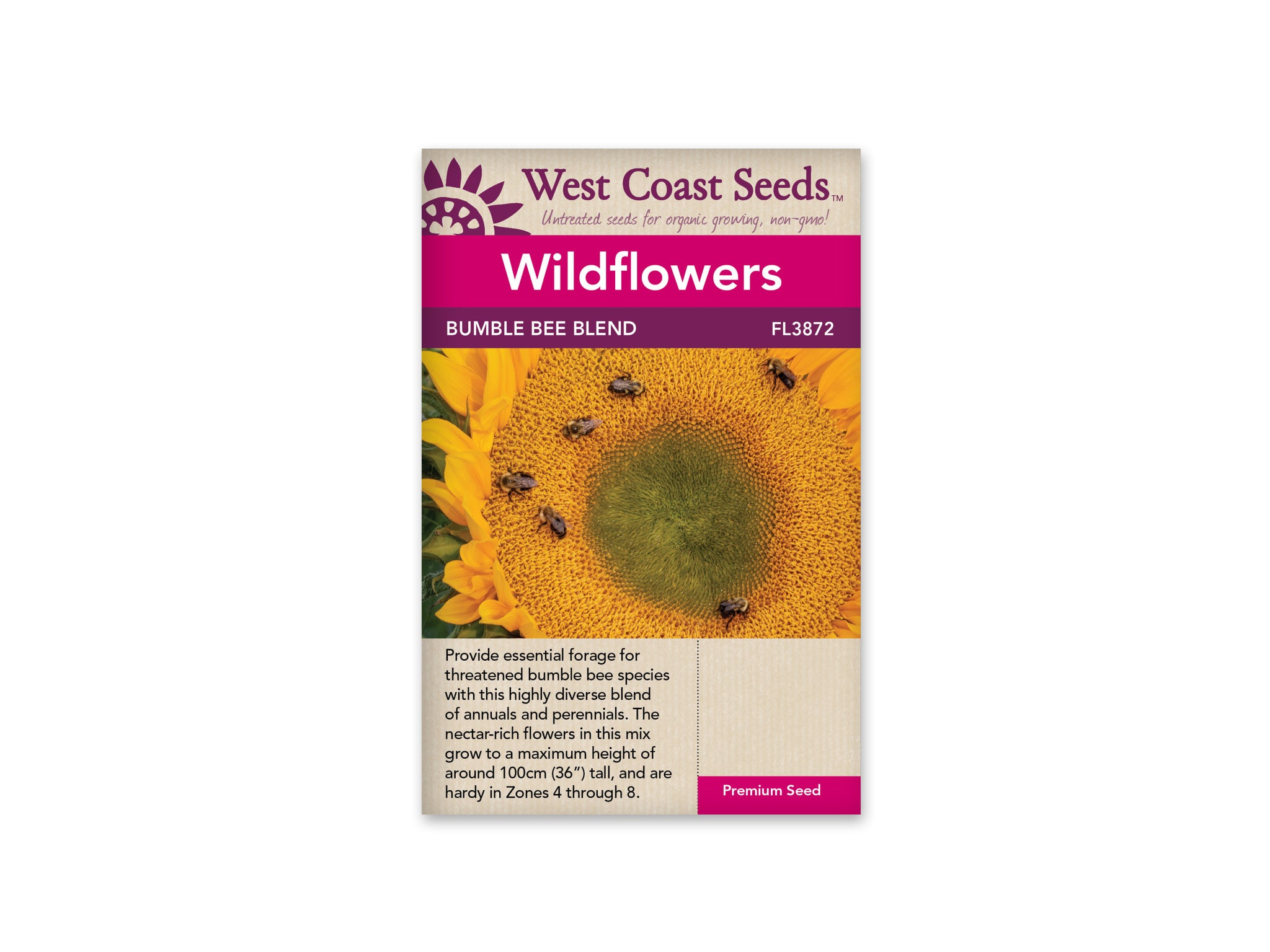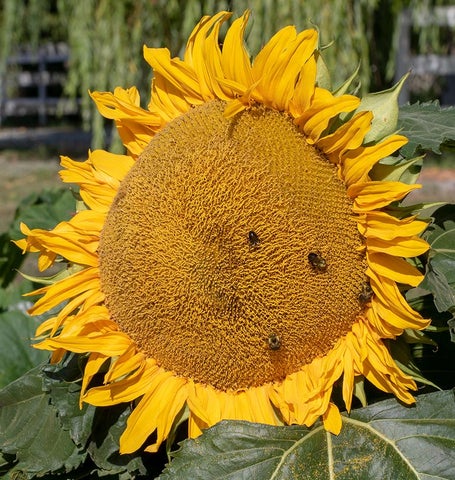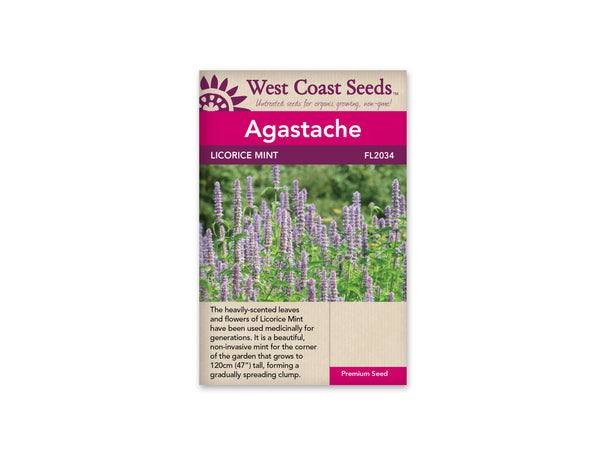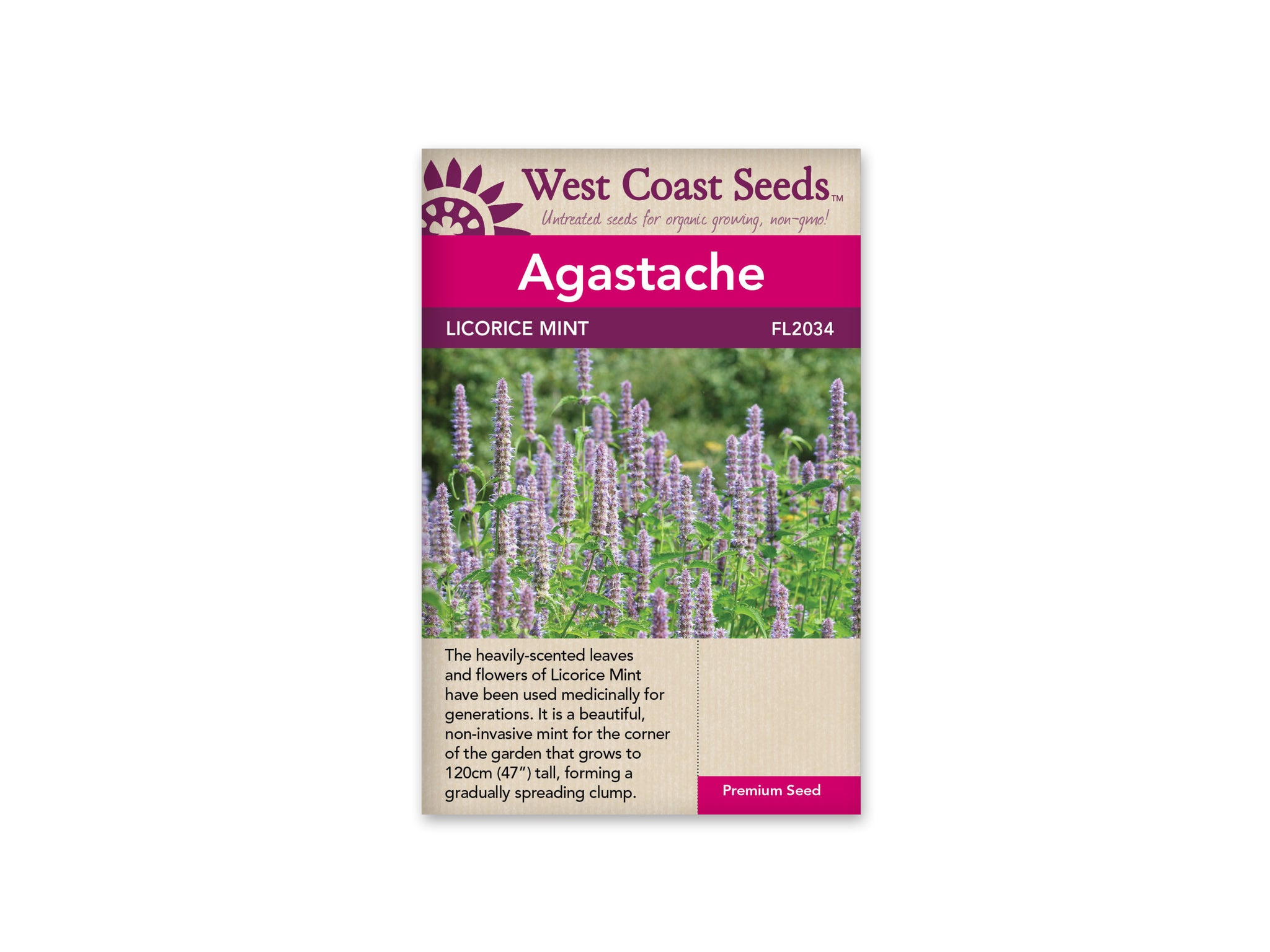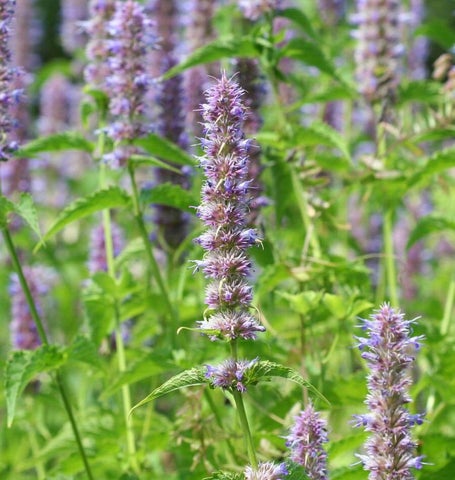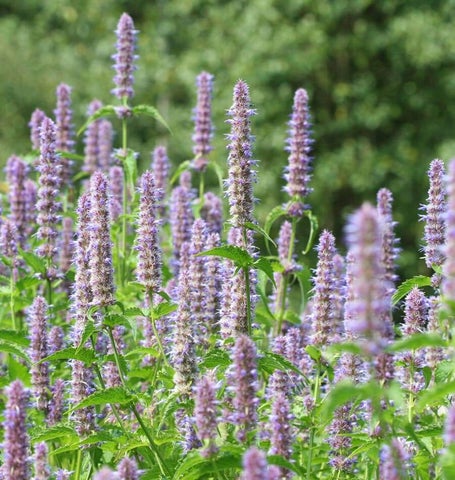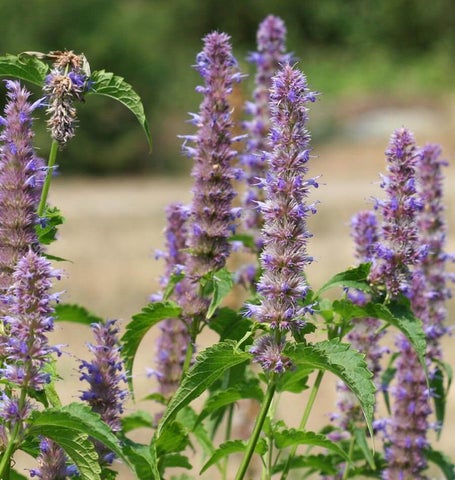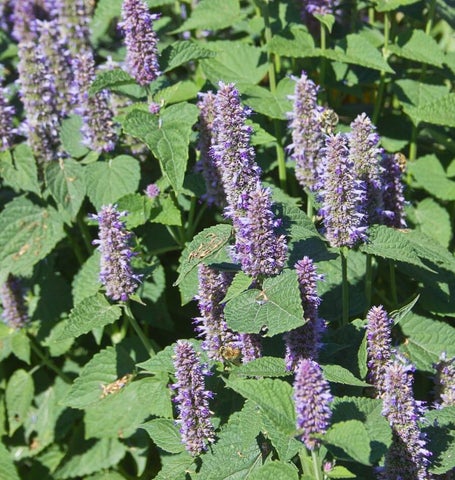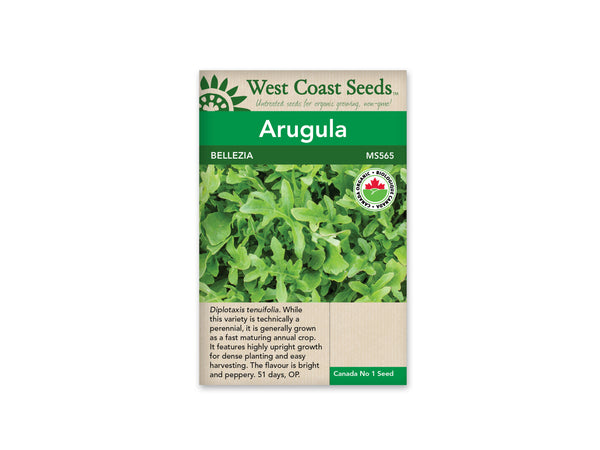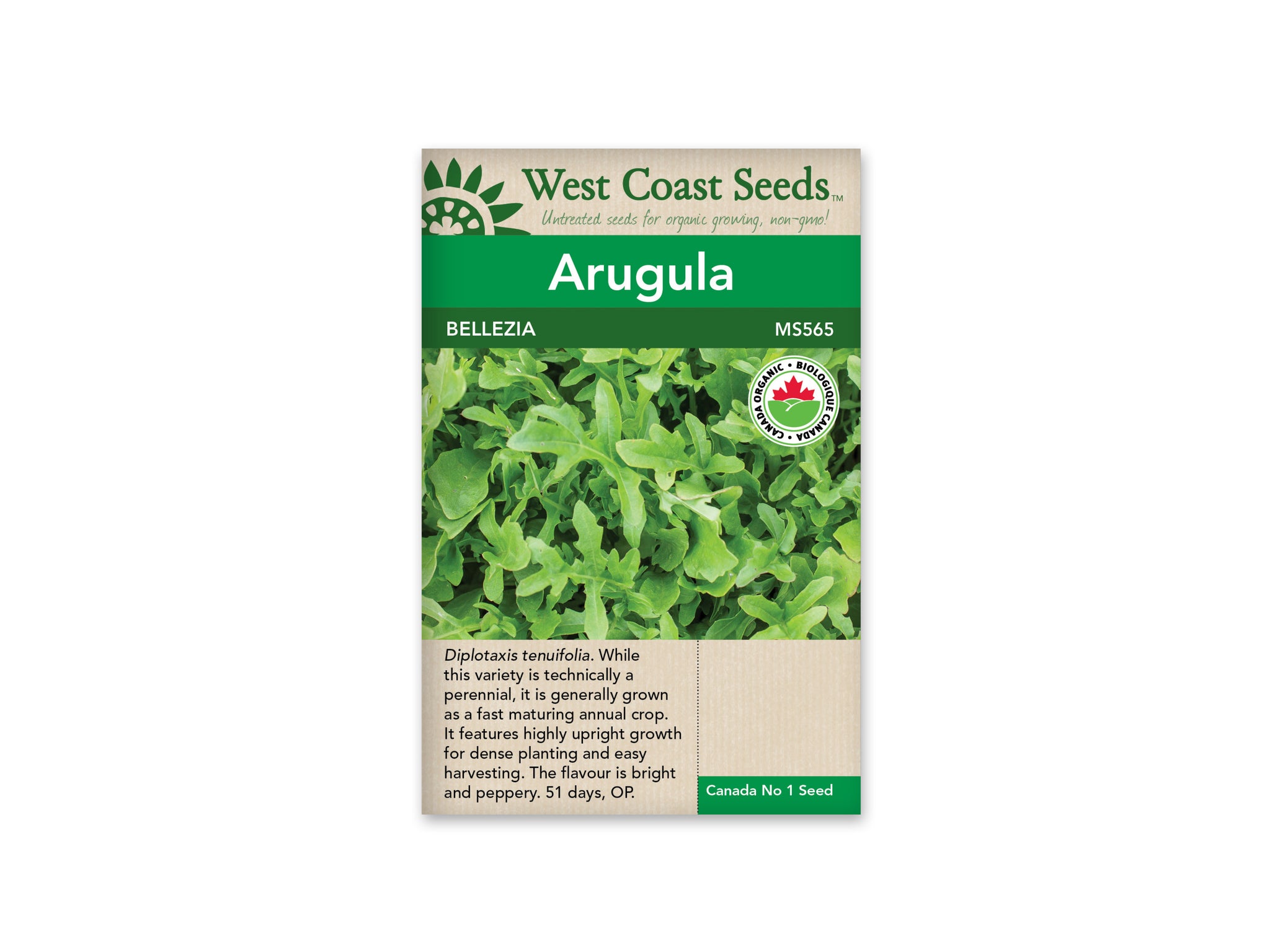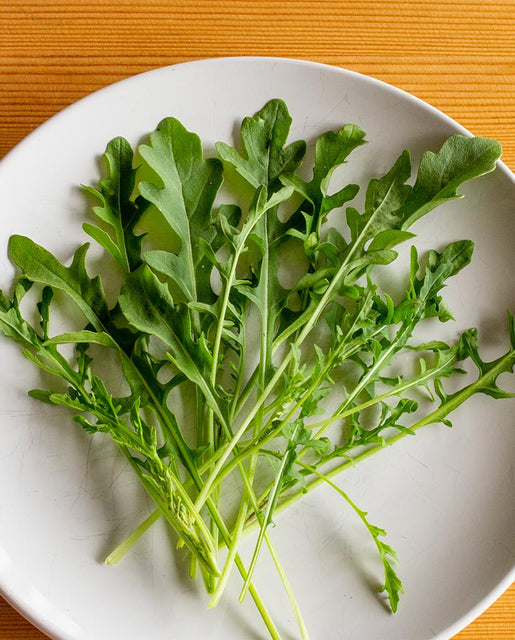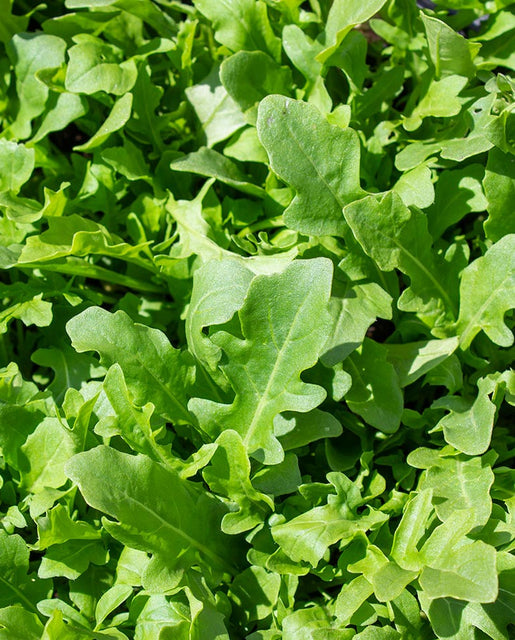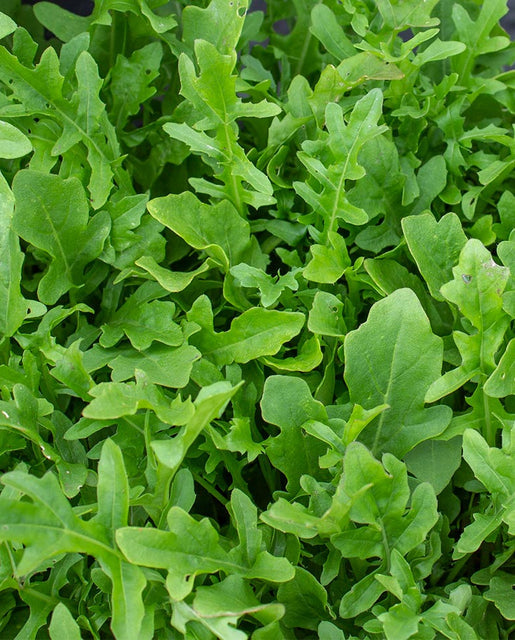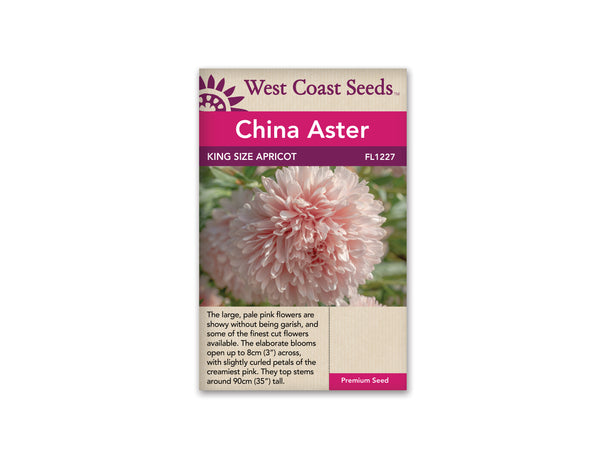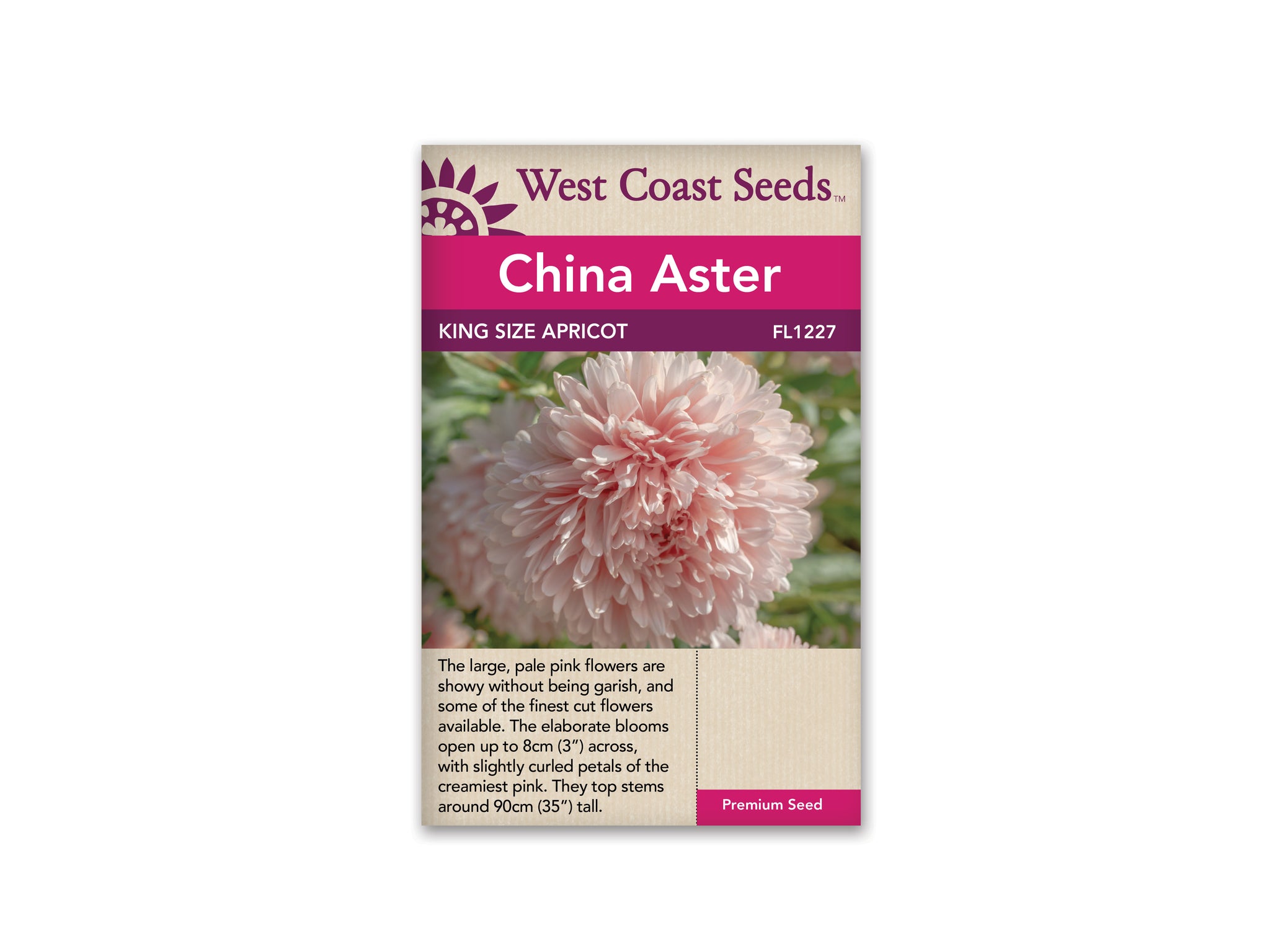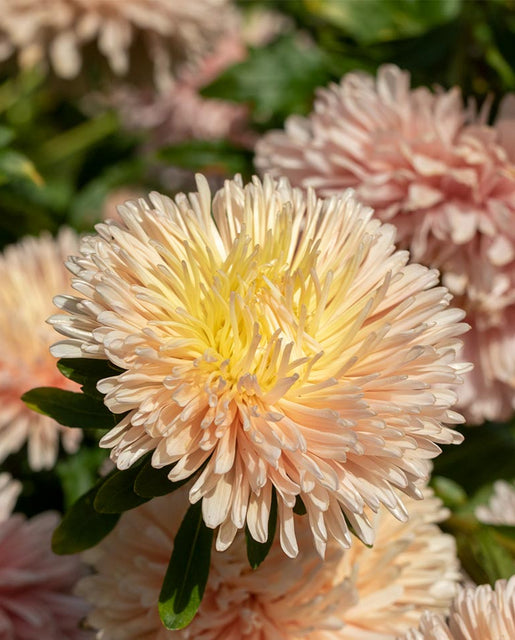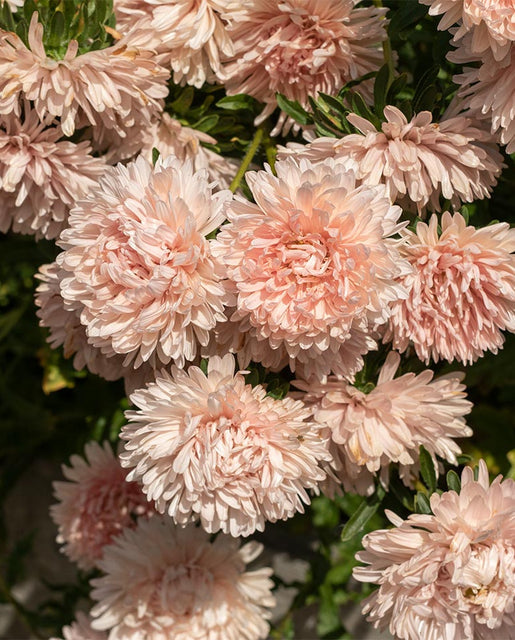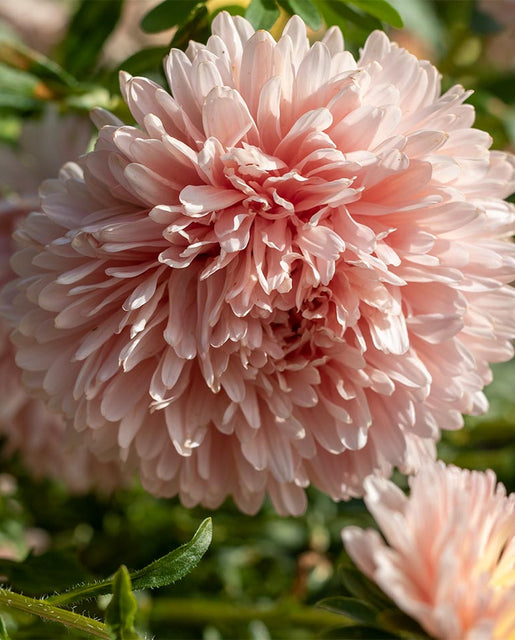Canadian Orders: Flat-Rate Shipping on Orders over $75 | Orders Over $150 Ship Free!
-
Shop
- New Arrivals
- Gardening
- Seeds
- Children + Baby
- Bath + Skin Care
- Baby Toys
- Books
- Puzzles + Games
- Loose Parts + Creative Play
- The Little Naturalist
- Play Chef
- Slings
- Apothecary
- Kids Lunches
- Accessories
- Sustainable Living
- Brushes / Brooms
- Food Storage
- Outdoors
- Coffee, Tea, Chocolate + Honey
- Coffee + Tea Accessories
- Water bottles + Travel Mugs
- Cookbooks
- Dishwashing
- Laundry
- Cleaners
- Accessories
- On The Go Essentials
- Self Care
- Face Care
- Body Care
- Hair Care
- Cosmetics
- Deodorant
- Toothpaste + Oral Care
- Sun Care
- Accessories
- Zero Waste Bathroom
- Soap
- Essential Oils
- For Men
- Books
- Apothecary + Natural Supplements
- Pet Care
- Shop Local
- Bulk
- In Store Pick Up
- Home Improvement
- Paint & Stain
- Discover
- Bulk Bar
Wildflowers — Bumble Bee Blend
Sold Out $4.99
Several of the forty six species of North American bumble bees find themselves in peril due to loss of habitat and forage. Planting diverse species of nectar-rich flowers is one of the best strategies for pollinator conservation. The Bumble Bee Wildflower Blend is a selection of annual and perennial flowers that will attract and feed these important pollinators from early spring to the end of their season. The nectar rich flowers in this selection cater to long-tongued bees, as well as butterflies, hummingbirds, and other pollinators. The mix grows to a maximum height of around 90cm (36") tall, and is hardy in Zones 4 through 8. It will work in larger containers but does best in full sun.
Different components of the mix will bloom at different times over summer, so the look will change as the season passes. This is a good blend for bee conservation — set aside an area for this mix to grow in wild from spring to fall, and leave it un-mowed over winter.
| Balsam 'Camelia Flowered Mix' | Impatiens balsamina |
| Catchfly | Silene armeria |
| Cosmos 'Sensation Mix' | Cosmos bipinnatus |
| Lupine, Yellow | Lupinus densiflorus aureus |
| Nasturtium 'Single Mix' | Tropaeolum majus |
| Rocket Larkspur | Delphinium consolida |
| Siberian Wallflower | Cheiranthus allionii |
| Snapdragon 'Northern Lights' | Linaria moroccana |
| Sunflower 'Dwarf Sunspot' | Helianthus annuus |
| Zinnia 'California Giants' | Zinnia elegans |
Quick Facts:
- Annuals and perennials
- Hardy to Zone 4
- Extended bloom period
- Pollinator conservation
Size: 5g
How To Grow: Unless otherwise stated, all the wildflower mixes will contain perennials, annuals, and biennials. Seeds must come into contact with the soil in order to germinate. Do not bury seeds more than 2-3 times their thickness. Continue reading below for some other tips on how to grow wildflowers from seed.
Difficulty
Easy
Season & Zone
Exposure: Full sun to partial shade
Zone: Zone 4.
Try to direct sow wildflower seeds during the period two weeks before, and eight weeks after, your last average frost date. Sowing when there is some risk of minor frost may improve germination. Wildflower seeds can also be sown in the autumn, but a certain percentage of seeds to may be lost to water, birds, and animals. To make the most of the annual species, direct sow in early spring.
Starting
Site Selection: If there are already no plants (including weeds) growing in the planting site, there may be a problem with the soil. Possible issues may be soil fertility, lack of drainage, or the need for soil amendments to improve texture. In such spots (eg, beneath a cedar tree), few plants will thrive, including wildflowers.
Site Preparation: Remove as much existing vegetation as possible through pulling or tilling under in order to minimize competition. Loosen the soil by scraping, raking, or tilling. Wildflower blends will not usually take if planted into existing lawn because the thatch prevents their contact with soil.
Seed Application: In small areas, seeds can be scattered by hand. In larger areas, you may want to employ a lawn spreader or some other mechanical means. We recommend adding 1-2 parts clean, dry sand to 1 part wildflower seeds which will help the seeds spread evenly. Do not use beach sand, as it usually contains salt. It may be wise to spread most of the seed, but to save some for filling in bald spots at a later date. Seeds must come into contact with the soil in order to germinate. Do not bury seeds more than 2-3 times their thickness.
Planting rates: Aim for a planting density of 70 seeds per square foot. 5g of seeds will cover 50 ft². If seeding an area where site preparation and weeding are not possible, double this rate.
Growing
Keep the seeded area as evenly moist as possible to help the seeds germinate and the young seedlings become established. Weeds need to be kept under control. Once they are growing, most mixes will not require additional water except in long periods of hot, dry weather. All of our mixes should re-grow for several years, but will eventually benefit from re-seeding. In late summer, many of the components will produce seed heads that can be harvested and replanted the following spring.
Related Items
Agastache — Licorice Mint
Sold Out $3.49
Agastache foeniculum. With heavily licorice-scented leaves and tall spikes of edible lavender flowers, Licorice Mint has been used medicinally for generations. It also happens to...
View full product detailsArugula, Wild — Selvatica Heirloom Organic
Sold Out $3.69
CERTIFIED ORGANIC! Diplotaxis tenuifolia. While technically this variety is a perennial, growers and home gardeners will probably prefer growing it as a fast maturing annual crop. Bellezia...
View full product detailsAster — King Size Apricot
Sold Out $4.19
Callistephus chinensis. King Size Apricot China Asters are some of the most sensational cut flowers we know of. The large, pale pink flowers are showy without...
View full product detailsSign up to get the latest on sales, new releases and more…
© 2025 Sustain.
Ecommerce Software by Shopify

